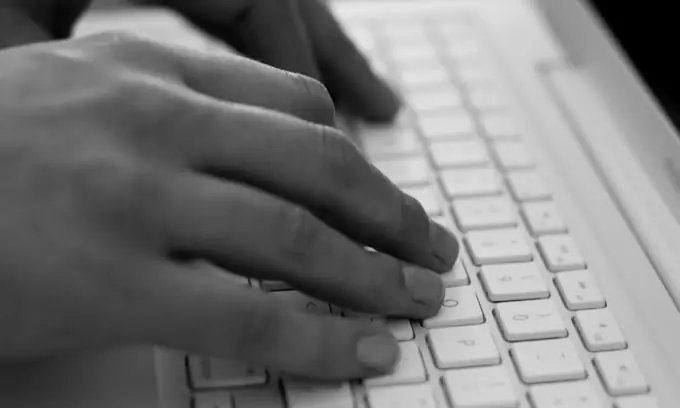A computer mouse is a manipulator that any computer is equipped with. We are so used to pointing the objects we need on the screen with the mouse, pressing virtual buttons, selecting and dragging, that we can't even imagine that working without a mouse on a computer is quite possible, and not so long ago everyone was free to use only one keyboard.

Operating systems that assumed control from the command line - the once ubiquitous MS DOS, as well as modern Linux - allow you not only to manage with only keyboard commands, but even work with much greater speed and comfort than the Windows interface built on windows allows. visual controls and interactions primarily with the mouse.
Meanwhile, even in Windows, familiar to everyone, it is possible to work without a mouse, and often it is much more convenient. The fact is that almost all elements controlled by the mouse can also accept commands from the keyboard. Of course, these commands (the so-called "hotkeys") need to be remembered. But after that, the work is significantly accelerated - after all, the fingers of an experienced user instantly find the right key themselves, and the mouse still needs to hit the control element. In addition, for this you need to remove your hand from the usual place on the keyboard, and then return it there again.
Try to memorize the keyboard shortcuts that you need most often, and you will find that the speed of working at the computer has significantly increased, and fatigue has become noticeably less.
First of all, switching between open windows: Alt + Tab and Alt + Shift + Tab in the opposite direction. It turns out much faster and more convenient than feeling with the mouse for the necessary window in the taskbar. In the latest versions, the combinations Win + Tab and Win + Shift + Tab have appeared - the same function in 3D. It looks quite impressive, and the contents of the windows are easier to see. If the special effects do not appeal to you, try Alt + Esc and Alt + Shift + Esc: the result is the same, only the task list does not obscure the application windows themselves.
Press Alt + F4 to close the active window. If there are no active windows, Windows exits will start.
Here are some lesser known but equally useful keyboard shortcuts:
Win + E will open a new explorer window displaying "My Computer"
Win + M will minimize all windows, making the desktop available
Win + Shift + M opposite, will maximize all windows
But the hotkeys are most useful, of course, when working with text when the user's fingers are on the keyboard.
The most frequent action required when editing text is to select its fragments. Try the Shift and Ctrl + Shift keyboard shortcuts with the left and right arrows. It is very easy to master these combinations, and the selection of text in this way is much more convenient than using the mouse. Combinations of the same keys with the up and down arrows will allow you to select text in whole lines.
The most common actions with selected blocks are cut and paste. Cut the marked block will help Ctrl + X, copy - Ctrl + C, paste - Ctrl + V. You can simply delete the selection with the Del key. These combinations work in any text editor, in many graphic ones, in Windows Explorer, etc.
You can undo an unsuccessful action using Ctrl + Z or Esc.
Even this small number of hotkeys is already enough to perform simple operations in an emergency - if the mouse suddenly fails, or it does not exist at all. In fact, there are many more of them, and a good knowledge of this simple science allows you to increase the efficiency of working at a computer at times.






